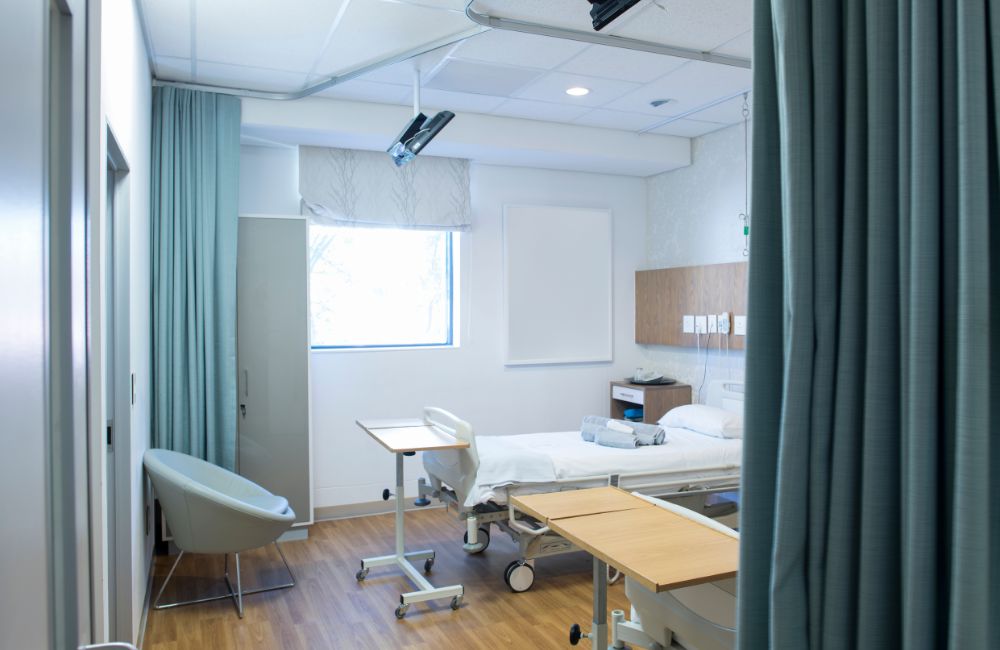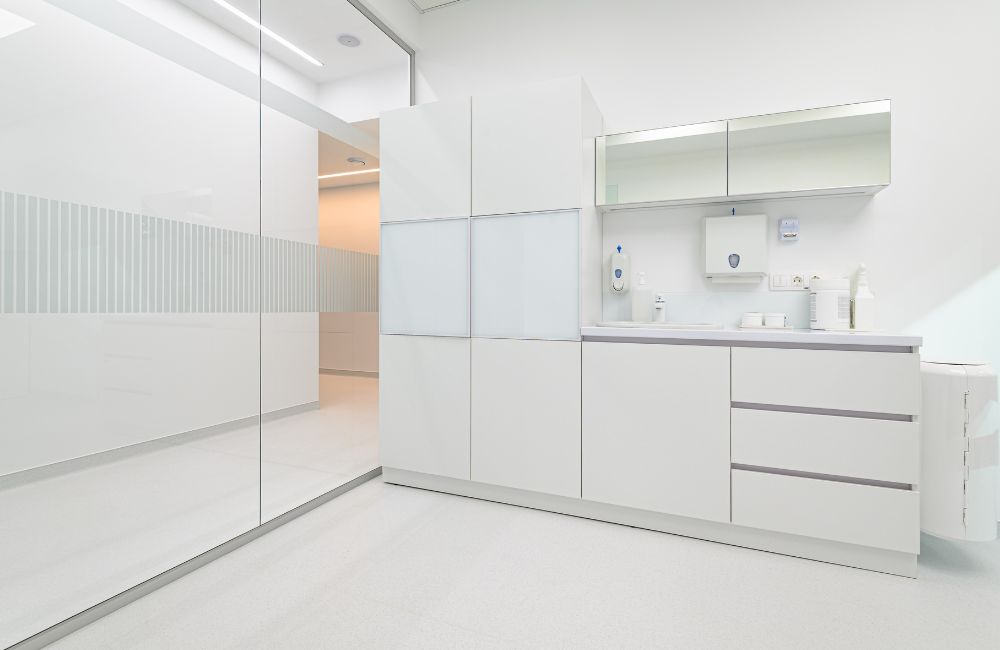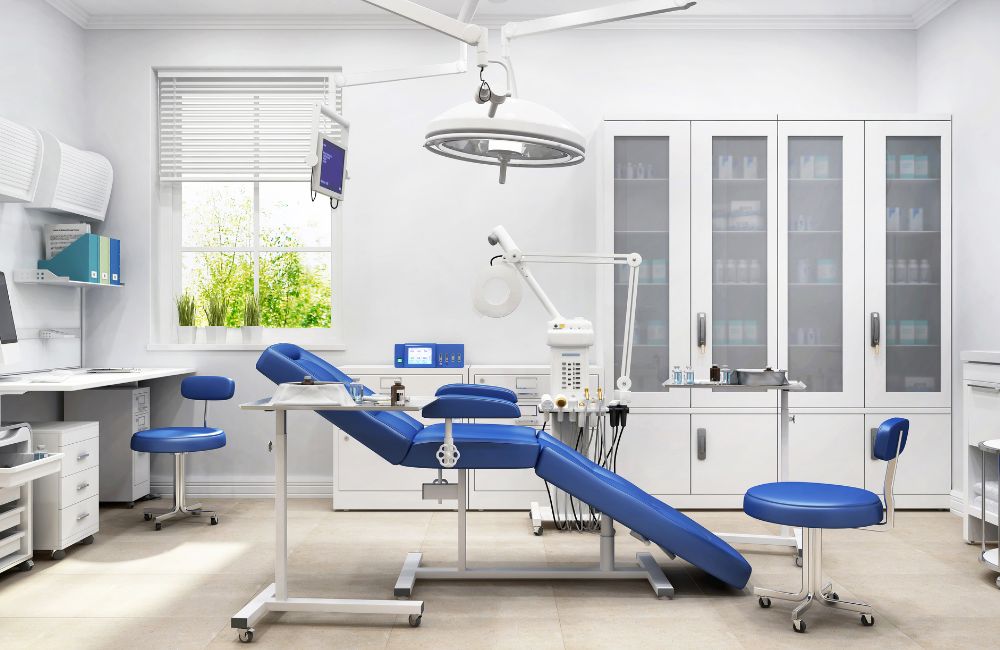Enhancing the patient experience is crucial in healthcare, where each detail—from the greeting at the reception desk to the medical office furniture used in every room—contributes to a patient’s comfort and satisfaction. In a space where patients may already feel anxious or unwell, thoughtfully selected furniture can help create a calm, welcoming, and functional environment that fosters trust and sets the stage for quality care.
Here are the six impactful ways medical office furniture can enhance patient experience.
Key Takeaways
|
Patient-centered care extends beyond treatment; it involves every interaction and element in the patient’s environment. Medical office furniture, when chosen with care, can contribute to a space that feels warm, accessible, and secure. By using comfortable and ergonomic furniture, incorporating privacy features, and embracing a functional, inviting layout, healthcare providers can convey a message of empathy and professionalism. These qualities make patients feel valued and enhance their overall satisfaction.
The role of medical office furniture in creating a supportive atmosphere cannot be understated. Beyond providing seating or storage, well-designed furniture in healthcare settings makes a powerful first impression, sets patients at ease, and establishes a positive environment that directly impacts their perception of care.

Ergonomic seating goes beyond basic comfort by offering essential support that reduces strain on patients’ backs and joints. Designed to provide cushioning that adapts to a variety of body types, these chairs are ideal for waiting areas, consultation spaces, and examination rooms. Ergonomic enhancements in the workplace have been linked to a 40% reduction in job-related strain and fatigue, underscoring the importance of supportive seating for patient comfort and well-being. Ergonomic seating demonstrates a provider’s commitment to patient care in multiple ways:
Medical office furniture that integrates accessibility features ensures patients with limited mobility can navigate the space with ease. Accessibility extends beyond seating to include furniture layout, spacing, and supportive elements like grab bars and handrails. These features offer independence and comfort for all patients:
Privacy partitions in medical offices help reduce patients’ exposure in shared spaces. These partitions or dividers work effectively in waiting rooms, consultation areas, and intake spaces, allowing patients to feel a sense of separation even in a busy room. Examples of privacy-enhancing furniture elements include:
Sound-dampening furniture helps reduce ambient noise, an important feature for safeguarding private conversations. Upholstered chairs, acoustic dividers, and carpeted flooring are all effective in absorbing sound, creating a quieter, more controlled environment where patients can speak freely. Privacy-focused furniture may include:
The reception area often serves as the patient’s first impression of the facility, so it’s important to make it as welcoming as possible. Soft seating, gentle lighting, and thoughtful decor can set a positive tone for the rest of their visit. Important elements of an inviting reception area include:
Small details like charging stations, side tables, and magazines enhance patient comfort by giving them options to relax, stay entertained, and manage personal items. These additions make patients feel more at ease and cared for. Useful reception accessories include:

Storage is vital in medical settings to ensure supplies are readily available while maintaining a clutter-free environment. Furniture with built-in storage, such as cabinets and shelves, supports an organized look that reassures patients about the cleanliness and efficiency of the practice. Examples of practical storage solutions include:
Furniture that supports an efficient workflow improves patient experience by reducing wait times and enabling smoother interactions. Thoughtful furniture layout, from strategically placed desks to organized waiting areas, helps staff work more effectively and allows them to focus more on patient care. Workflow-supporting furniture might include:
The right colors in furniture and decor can make a healthcare space feel less clinical and more restorative. Soft blues, greens, and earth tones are particularly effective in promoting calm and comfort. Key color considerations for mood enhancement include:
Personal touches in furniture and decor go a long way in making a medical office feel less impersonal. By incorporating artwork, plants, and wood finishes, the office can feel more like a welcoming space than a strictly clinical one. Engaging design elements may include:
Natural light can improve mood and reduce stress, making it a valuable asset in healthcare settings. By positioning seating and exam tables to maximize sunlight exposure, healthcare providers can create a more positive, open environment that encourages relaxation. Benefits of maximizing natural light include:
Where natural light is insufficient, adjustable lighting solutions can offer patients and staff flexibility. Medical office furniture with built-in lighting or easily accessible fixtures allows adjustments for different activities or comfort levels, making the environment more adaptable to patient needs. Flexible lighting solutions may include:
Ensure the furniture can withstand rigorous daily use and frequent sanitization by selecting durable, healthcare-grade materials. A reliable supplier will provide quality medical office furniture that maintains its appearance and functionality over time, reducing the need for costly replacements and repairs.
Every healthcare facility is unique, and finding a supplier that offers customizable furniture options allows providers to align the furniture with their brand and specific needs. Customizable options ensure each piece of furniture enhances the patient experience, creating a cohesive, comfortable, and professional environment.
Verify that after-sales support, such as warranty options and responsive customer service, is provided when purchasing medical office furniture. A dependable supplier will offer ongoing assistance to maintain furniture quality, ensuring the investment provides long-term value.
Choose a supplier that is knowledgeable about healthcare-specific regulations and guidelines, ensuring that all furniture meets industry standards for safety, accessibility, and infection control. Compliance ensures that the medical office furniture will align with healthcare requirements and provide a safe, functional environment.
Ask for references or customer testimonials to understand the supplier’s track record with healthcare providers. Previous client feedback can offer valuable insights into the supplier’s reliability, product quality, and service, helping to make an informed decision.
Inquire about delivery and installation services, as a supplier offering complete setup can ensure that the furniture is assembled correctly and placed according to the facility’s specifications. A reliable supplier will manage logistics smoothly, minimizing disruption and ensuring the furniture is ready for use.
High-traffic medical offices benefit from using durable materials like healthcare-grade vinyl, antimicrobial fabrics, and stainless steel. These materials are designed to withstand frequent cleaning and sanitization, essential for infection control. They also resist stains and wear, ensuring the furniture remains in good condition over time.
The arrangement and type of furniture directly influence how smoothly patients move through a medical office. Clear pathways and designated seating areas help reduce bottlenecks and create a more organized flow. This setup allows staff to manage patient intake more efficiently, reducing wait times.
New trends include modular designs, which allow flexible layouts, and furniture with integrated technology ports for patient convenience. Sustainable materials are also becoming popular, providing eco-friendly options that support a facility’s green initiatives. These trends emphasize adaptability, patient comfort, and environmental responsibility.
Modular furniture provides flexibility, allowing healthcare providers to reconfigure spaces quickly to suit changing needs. This adaptability is especially useful in multi-purpose rooms or areas with varying patient volumes. Modular pieces are also easier to move, making room modifications simple and efficient.
High-quality furniture made from stain-resistant and scratch-proof materials reduces the need for frequent replacements. Such materials are easier to clean and maintain, keeping the office looking professional for longer. Over time, this minimizes repair costs and extends the lifespan of the furniture, offering better value.

Transforming your healthcare environment starts with the right medical office furniture. For top-quality solutions designed with comfort, privacy, and functionality in mind, Stamford Office Furniture is here to help. As a leading provider in New Haven, CT, Stamford Office Furniture specializes in creating patient-centered spaces that elevate care and professionalism. Connect with Stamford Office Furniture in New Haven, CT, to explore durable, customized options that meet the needs of every healthcare facility.